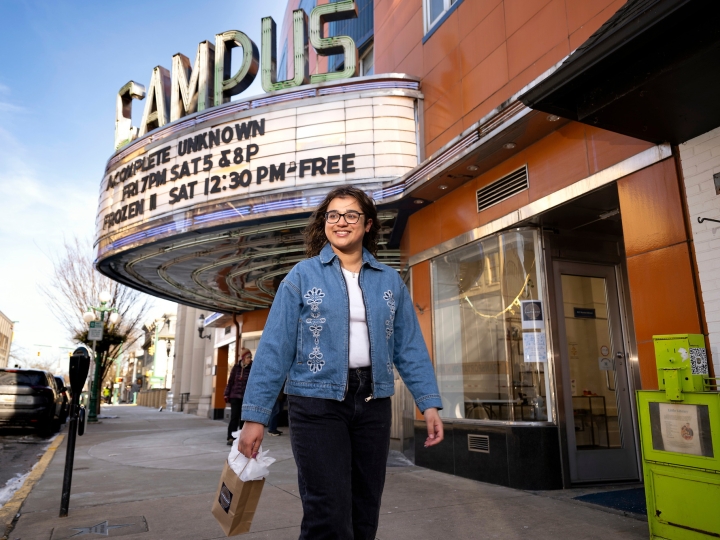Challenging the Accepted History
July 14, 2016
There are bound to be gaps in the historical record of an institution as old and storied as Bucknell. Students in Professor Joseph Murray’s course on higher education in the United States are working to fill in some of those gaps in Bucknell’s history by combing through archival materials — and in doing so, they sometimes cast doubt on accepted assumptions.
“They get a very good sense that the historical narrative is mediated by the experiences and perspectives of the historian,” Murray says. “The record gives bits and pieces of information in lots of different forms that get strung together into a cohesive narrative.”
Students in the education professor’s course do the work of historians as they study the evolution of American higher education and debate issues on the forefront today. Part of their grade is based on a research project that leads them to investigate a topic in Bucknell’s history — from the evolution of physical fitness as an element of campus culture to a biography of “Good Luck John,” a local man who for decades greeted students outside the Vaughan Literature Building. They use the historian’s tools: interviews, quantitative analysis and, of course, the deep trove of documents in the Special Collections/University Archives.
“Sometimes their conclusions will change as a consequence of a note in the margins of a meeting agenda,” says Murray, a scholar of higher-education administration who is finishing a book on undergraduate research. “There will be some little piece of information that they’ll look at and say, ‘This changes everything.’ ”
The projects have revealed information that challenges the University’s established historical narrative. One former student, Murray says, examined the 1883 decision to admit women to college-level courses. While the arguments for coeducation represented lofty notions of justice and equity as well as moral imperatives, the student observed that the University was also concerned about its financial stability at that time.
“It’s no longer about studying the history of higher education in the abstract,” says Murray. “It’s about looking at an aspect of Bucknell’s history that will enable them to better understand things here and draw on the inherent curiosity a student has.”


